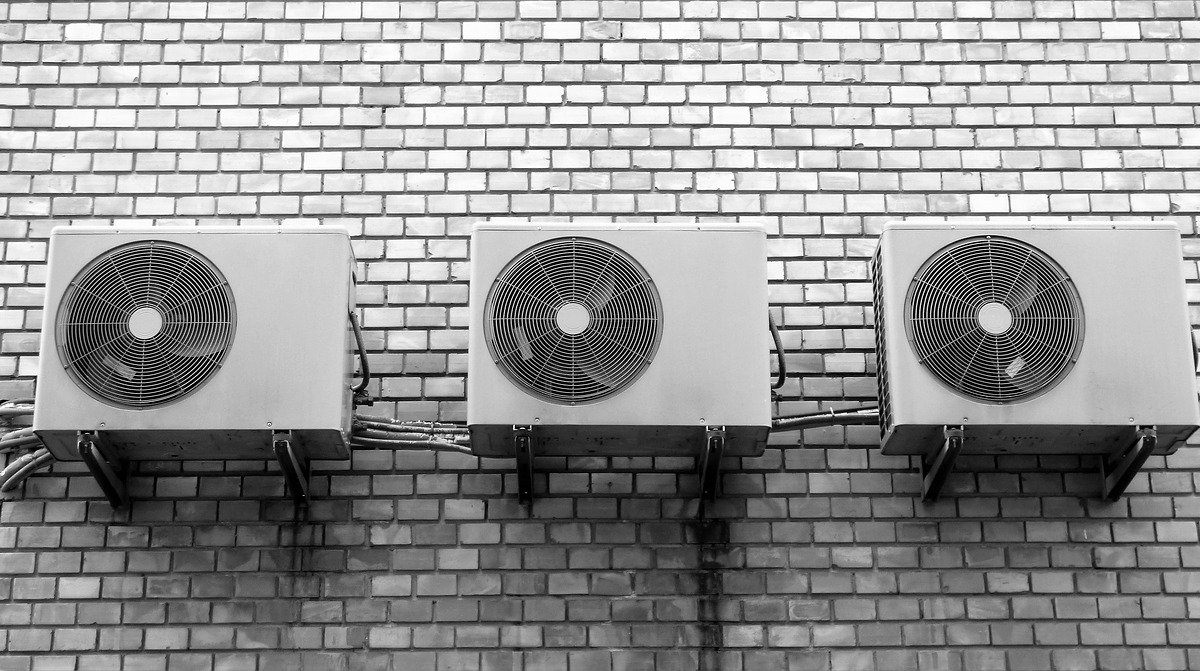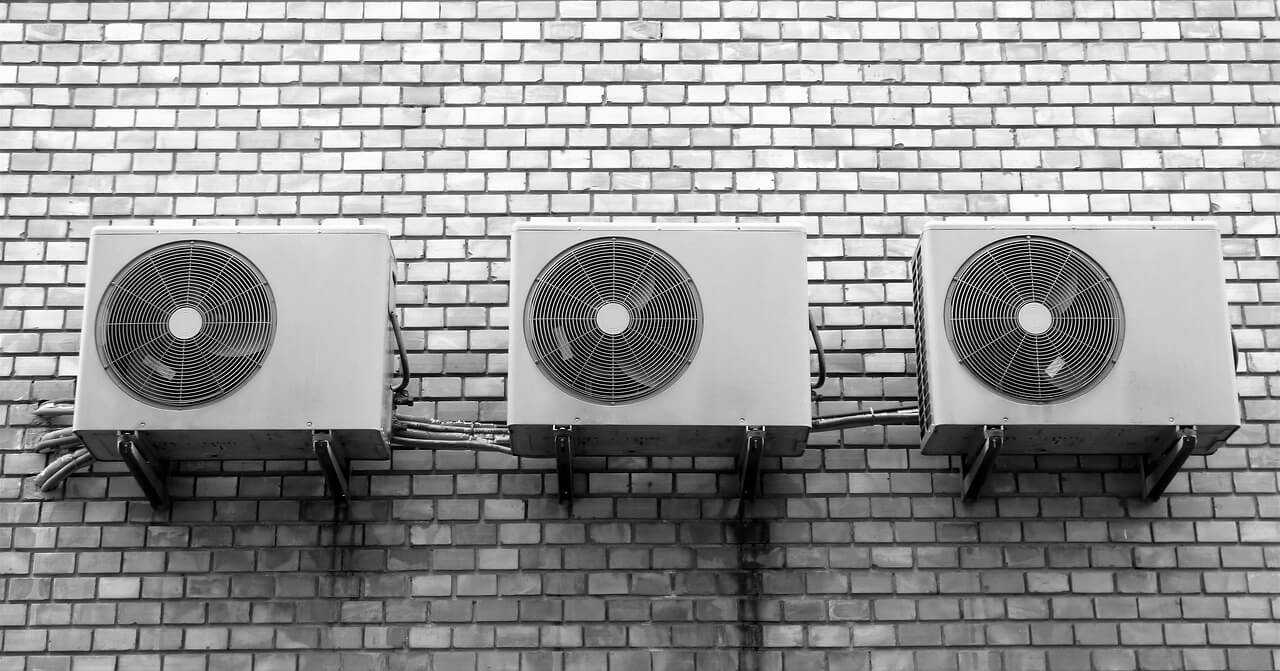The thermostat is climbing, and you just want to stay cool. If you’re reevaluating your cooling needs, you might be opening up to the different types of units you can install. While the desire to avoid melting in the hot weather can lead to quick decisions, it’s worth taking a few minutes to decide which option is best for you.
Whether you’re looking for air conditioning installation near Frisco or adding an evaporative cooler in LA, this guide can help. Avoid making a costly wrong decision by exploring the ins and out of each product, including their advantages and disadvantages.
Air Conditioning
Air conditioning is the most common and popular option in the US and across many other countries in the world. It’s known for providing effective and fast cooling with a different range of units to fit various properties. Whether it’s central air, splitters, or portable units, the types of AC generally have the same functions and advantages as an HVAC system.
AC units work using refrigerants. The chemical is passed through tubes, and the warm air from your home is pulled through and expelled outside while cool air blows in. The power of a unit is measured in BTU, which tells you what size room it can cool.
Since air conditioners expel warm air, they require a vent to function effectively. Some air conditioners have multiple functions. They can be used as heaters in the winter and acts as dehumidifiers, pulling moisture out of the air.
Swamp Coolers
Swamp coolers are officially known as evaporative coolers. While they provide a similar function to air conditioning in helping you control the local climate in your indoor space, they work in a completely different way. Like AC, these units come as portable, installed units, and you can get central evaporative coolers that are in-built.
Instead of using a refrigerant, a swamp cooler passes air over water to cool it. The process requires a high-powered fan and, usually, a spongy material kept damp by regular water flow. The cool air is pushed into the room, bringing the temperature down.
Swamp coolers blow out moisture with the air. It’s something to keep in mind if you live in a humid climate. Indoor relative humidity ranges shouldn’t exceed 60%, so a swamp cooler could add to your problems, just as AC can make your room too dry.
Pros and Cons
Determining your climate is the first step to working out whether a swamp cooler or an AC unit is right for you. Humid areas suit air conditioning as they take the moisture out of the air. Evaporative coolers work best in dry environments as they double up as a humidifier.
Swamp Cooler Pros:
- More environmentally friendly
- Cools and humidifies
- Quiet
- Not as expensive to run
Swamp Cooler Cons:
- Requires water to be topped up regularly
- Requires more maintenance
- Not best suited for those with respiratory conditions
AC Pros:
- Cools and dehumidifies
- Powerful
- More accurate temperature control
- Minimal maintenance
AC Cons:
- Requires a vent
- Generally costs more
- Noisier
Bottom Line
Swamp coolers and AC units are a pretty even match when it comes to benefits and downsides. However, what determines whether they’ll work for you are your circumstances and requirements. The climate you live in will play a significant role in your choice of home decor
A secondary concern will be your budget. Since both are relatively easy to install, you’ll be able to find a local contractor to help you or a portable unit you can add to your home. Finally, it comes down to the details like noise, power, and being sustainable. Once you’ve weighed up these aspects, an informed decision will be easy to take.
David Harrison
Related posts
Stay connected
Today's pick
- Things to Remember While Designing Your Custom Modular Kitchen in GurgaonGurgaon now known as Gurugram is the second largest city in the state of Haryana and is a reflectiossn of an ideal modern city with futuristic goals. Witnessing rapid urbanization, it has also emerged as a hub for contemporary homes, with homeowners seeking innovative and... The post Things to Remember While Designing Your Custom Modular […]


